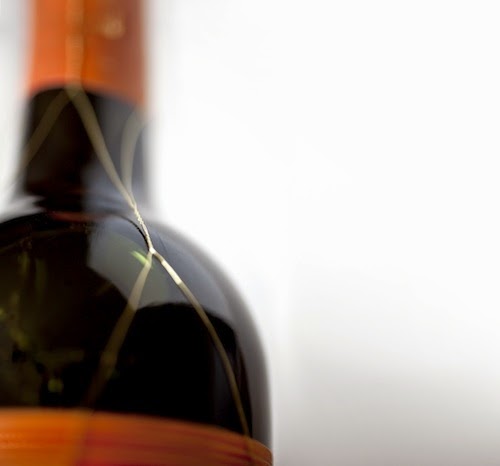The Wine Enthusiast guide to safeguarding your cellar.
The recent trial and conviction of counterfeiter Rudy Kurniawan sent a ripple of panic through the wine world. While there’s no denying fraud is a real and growing problem, the odds you’ll buy a bogus bottle still remain very slim.
To ensure you don’t get duped—and to stem your fears—we turned to Maureen Downey, founder of San Francisco-based Chai Consulting, and a leading expert in wine appraisal and authentication.
Here’s what you need to know about this nefarious trade and how to protect yourself from swindlers.
The Usual Suspects
The most counterfeited bottles are rare collectibles
from top vintages. “Think large-format, first-growth Bordeaux from the
19th and 20th centuries,” says Downey. Burgundies from Domaine de la
Romanée-Conti or Henri Jayer, as well as Italian selections from
producers like Angelo Gaja are also common targets. California
superstars like Screaming Eagle get tampered with, too.
The Countermeasures
Today’s antifraud tech includes a return to the
traditional metal wire netting on Rioja bottles (right) to more
sophisticated deterrents like Prooftag, which traces a bottle’s origin
with a unique ID. Unfortunately, these methods aren’t perfect. “There
are currently no foolproof devices,” says Downey. “I find many that are
close, but most do not address all the aspects of the bottle at once.”
In short: Don’t rely entirely on them.
Your Wednesday Night Wine Is Fine
It’s expensive to build a fake bottle. So to make
money, frauds generally replicate wines that fetch several—if not
hundreds of—thousands of dollars. And while an $80 price tag on a Napa
Cabernet Sauvignon may make you cringe, chances are you’re only a victim
of your good taste.
Doubt The Discount
If you’re always looking for specials that promise big savings, Downey suggests coughing up the extra dough may
ensure the wine’s authenticity. “If you believe you can buy a
high-demand wine at a huge discount, you’re often getting exactly what
they cost—and that means less-than-authentic bottles,” she says. “If a
deal is too good to be true, it is.”
